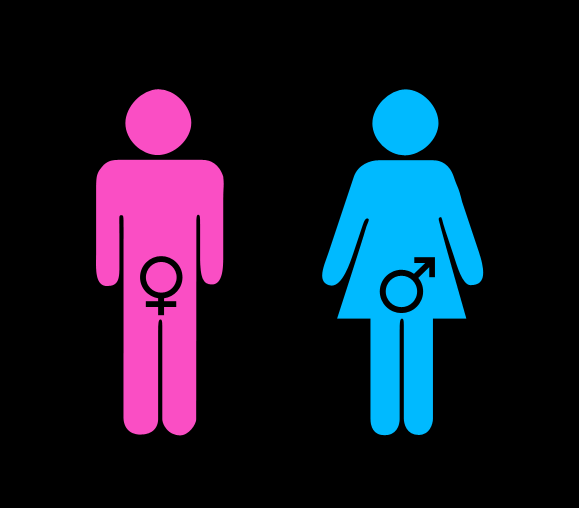The Media’s Power To Forge People’s Identities

Source: https://sites.psu.edu/thefoos/2016/02/16/lets-talk-gender-roles_week6/ Breaking with sex roles
December 5, 2019
The concepts of “sex” and “sex roles” have been fighting to differentiate from each other for decades. While sex refers to the biological differences between male and female, sex roles dive into the culturally determined behaviors and attitudes associated to each gender.
Yet, studies have shown society typically only represents them as one.
The theorist Douglas Kellner explained that radio, television and film, music, internet and other forms of media play a role in forging one’s identities, which he defines as people’s ideas of sex roles, class, ethnicity, sexuality, selfhood, among others titles.
Kellner believes that media is like a cultural teacher that tells us how to think and feel, as well as how to be a man and a woman. He argued that “they show us how to dress, look and consume, how to react to members of different social groups. How to be popular and successful and how to avoid failure and how to conform to dominant system of norms, values, practices and institutions.”
This belief states media influences core values and opinions of people in which they see the world in all aspects.
David Gauntlett, a sociologist and media theorist, confirms this idea about identity, believing the binary that divides masculinity and femininity has been socially constructed, especially from the media.
“Nothing within your identity is fixed,” Gauntlett stated. “Gender, like other aspects of identity, is a performance (although not necessarily a consciously chosen one)”.
Along with that, Dr. Cynthia Carter of Cardiff University explains that much of the gender research has been towards the ways socially constructed gender and sex roles negatively impact on individual life chances, such as when it comes to self worth and women’s perceptions and careers.
“Media is thought to convey to audiences what types of roles and behaviors are most approved of and valued in society,” the journalism and media reader explained, meaning media shows what is correct and whoever does not follow it is not represented in media therefore, eventually, does not socially exist.
These dominant values and attitudes that media possesses has shown to heavily influence children too.
Authors of “Playing Princess: Preschool Girls Interpretations of Gender Stereotypes in Disney Princess Media” Julia Golden and Jennifer Jacoby examined how young girls interpreted the gender-role stereotypes in Disney Princesses.
By Disney promoting the storyline of a savior to young girls and princesses that found with a happy ending with true love it “circulates powerful and consistent messages regarding gender norms and roles,” according to Jacoby and Golden.
Their study showed that preschool girls copied the gendered princess behaviors when they were playing, such as the attention to beauty, clothes and accessories, as well as certain body gestures and the exclusion of boys; evidently it showed media become a tool that influenced the minds young people.
A number of studies have also shown that women are consistently misrepresented in media in various ways despite changes in societal behavior.
Author Rebecca Collins noted women are under-represented, even though women’s roles in society have evolved a lot; the difference between the amount of men and women portrayed is still the same thus affecting the way consumers view themselves.
She argued the way women and men are portrayed is much more important than any form of representation at all. Many studies indicate that women are presented as “sexualized” or “submissive” or with provocative clothing or thin, partially nude attire. This image shown video games and rap music videos misconstrues with reality.
With body positive movements and an era for #MeToo and TimesUp, society has shown it is altering in some form yet stereotypes remain common. As people are given the chance to be able to act the way they want, wear what they feel comfortable with and express themselves regardless of unrealistic gender roles. It has been shown in many ways that the way gender is in media needs to change to fit reality.



